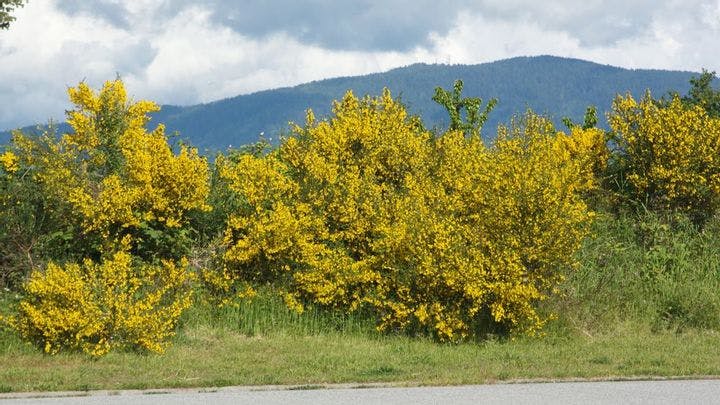Fall 2007
Gesundheit!
– Hannah Holmes
Hannah Holmes on how allergies shape our lives and landscapes.
Allergies are nothing new, but in recent decades the number of Americans whose immune systems overreact to various inhaled, ingested, and merely brushed-against allergens has burgeoned. A huge amount of research now focuses on allergies—including the extreme respiratory response known as asthma—which today afflict more than 50 million Americans. But while improved drugs deliver relief, a clear explanation for the epidemic remains elusive.
Breathing Space, by science and medical historian Gregg Mitman of the University of Wisconsin, Madison, belongs to a curious class of books, natural histories of disease. In tracing the birth and vigorous growth of hay fever in the United States, he charts a common cycle: Humans settle somewhere, environmental degradation results, then they pick up and move somewhere new.
Hay fever was first described in 1819 by a doctor in the United Kingdom who noticed a link between the haying season and his own watery eyes and chest congestion. But the disease was soon common in North America, where the rest of Mitman’s history unfolds.
That history is largely a series of flights. From eastern cities where ragweed thrived in empty lots and beside expanding roadways, wealthy Americans fled to mountain resorts. From Chicago they hied to northern Michigan. And from the plains they ascended to Denver, or turned south to the desert town of Tucson. Hay fever resorts catered to the refugees, offering not just clean air but also fine food and recreation.
The food was a problem. It was locally grown, on plants that produced pollen. The recreation was problematic, too: These playgrounds attracted thousands of people. More humans meant more housing, and more housing meant fewer air-cleansing forests. In the North, cleared lots invited weeds; in the desert, sprawling development spawned traffic, and the traffic stirred up dust. Sometimes allergy refugees relocated permanently to these breath-saving climes, killing, by increments, the thing they loved. Migrants to Denver brought cars, and smog was born. Migrants to Tucson couldn’t live without lawns and shade trees. Pollen counts soared.
The first half of Breathing Space makes a persuasive case that humans, when sickened by the environment they create, will move on. But as a species, we’re so high-maintenance that we unavoidably transform the new environment into the old one. Mitman has gathered some delightful artifacts to illustrate his narrative—period brochures from hay fever resorts, cartoons tweaking upper-crusty sneezers, and a quaint photograph of an herbicide truck saturating the roadside to kill ragweed (and very likely many other living things). Other asides—on the history of train transport in Michigan, for instance—contribute to an uneven tone and a wobbly narrative line.
Absent—and oddly so, given Mitman’s thesis that disease and environment evolve together—is the mention of two relatively recent developments in allergy and asthma. One is the hygiene hypothesis: A robust body of research shows that infants benefit from gut microbes (filth, in other words), which inoculate the immune system and prevent the overreaction that is allergy. The other is the impact of climate change. Ragweed, the poster child for allergenic plants, is expected to produce more pollen per plant as carbon dioxide levels in the atmosphere rise.
Halfway through Breathing Space, Mitman abandons the subject of hay fever and human migration. After a brief treatment of inner-city allergy (cockroaches and industrial pollution replace ragweed as the culprit), he turns to criticizing our cultural tendency to treat symptoms. The ensuing history of air conditioners, vacuum cleaners, air-tight housing that traps allergens indoors, and pharmaceutical marketing is not uninteresting. But it’s not exactly news. What’s provocative is Mitman’s notion that the way humans break ground can so profoundly transform an ecosystem that we can’t live in it anymore.
* * *
Reviewed: "Breathing Space: How Allergies Shape Our Lives and Landscapes" by Gregg Mitman, Yale University Press, 2007.
Photo courtesy of Flickr/Bob Cotter
Up next in this issue
